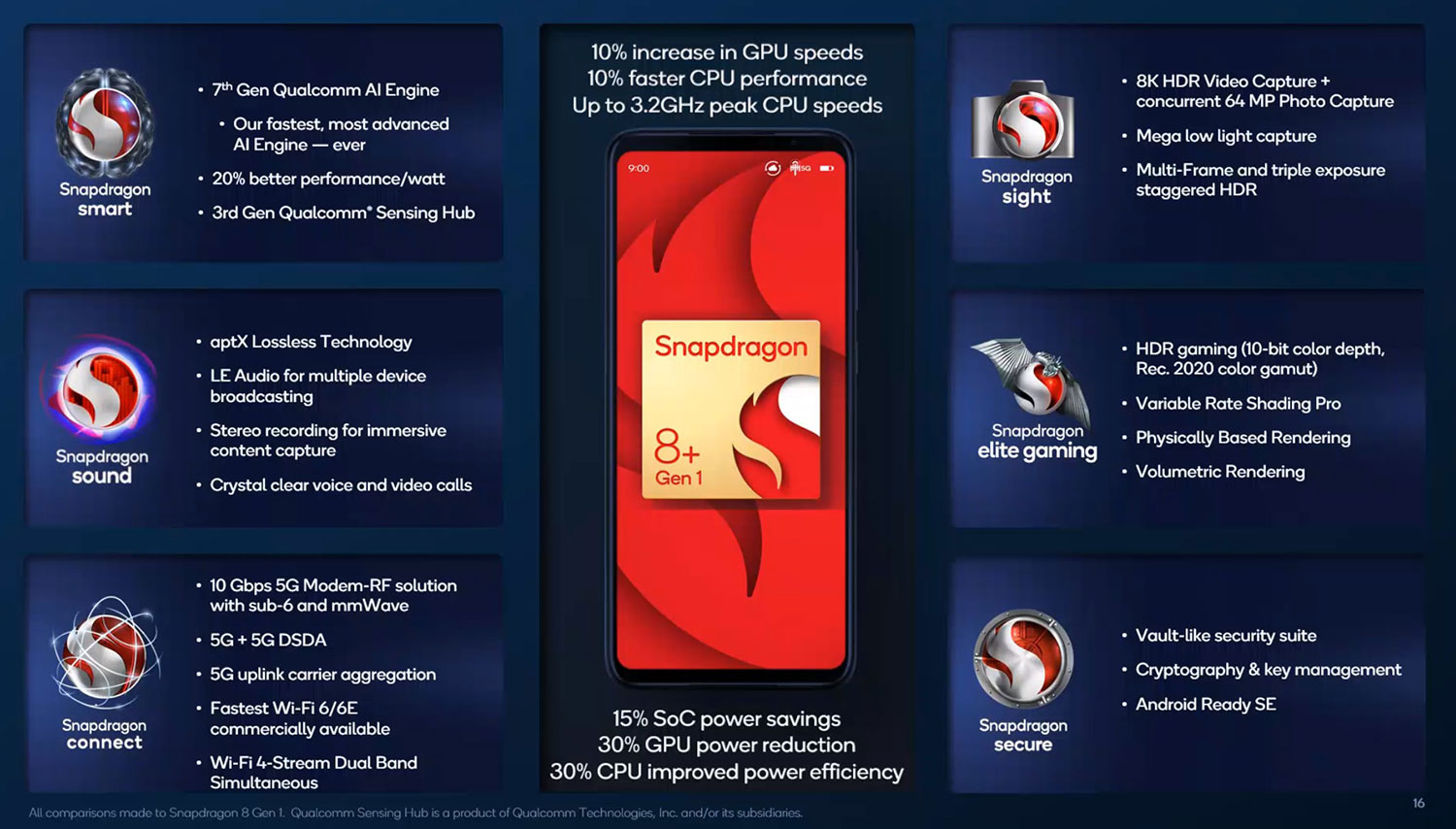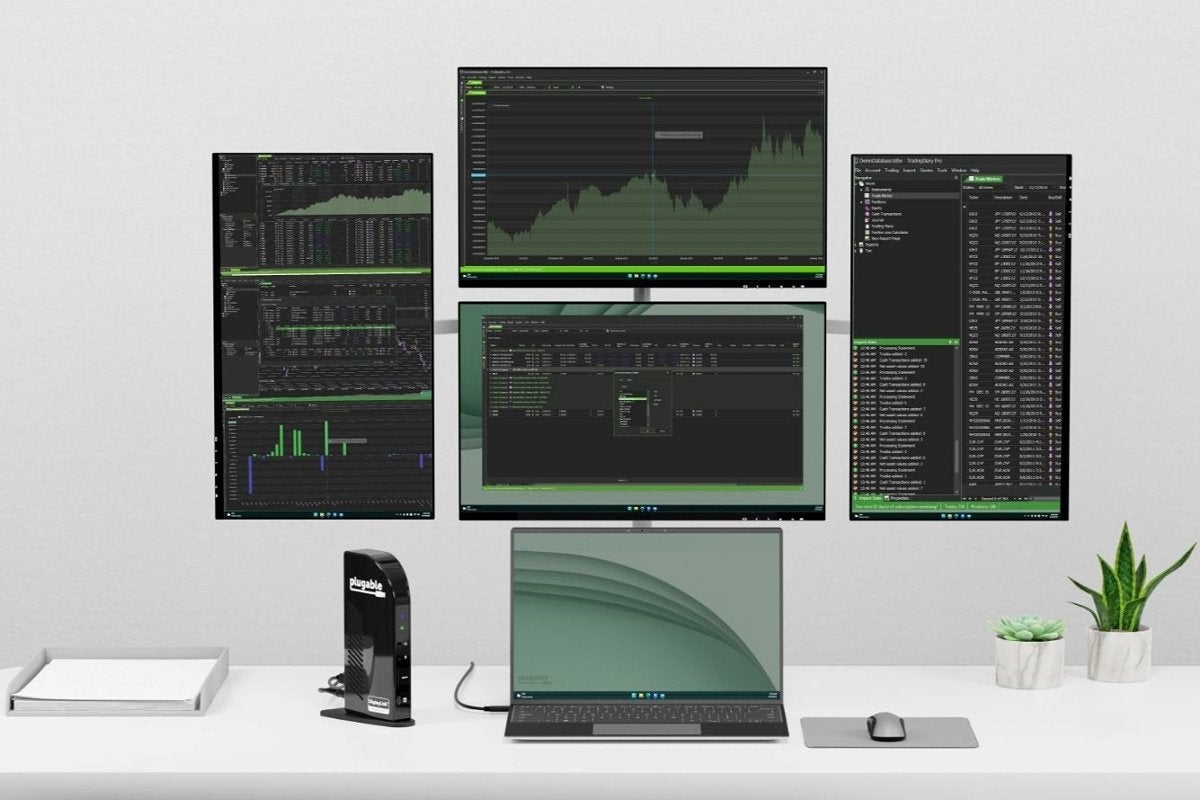[ad_1]

Qualcomm just held a launch event in China called “Snapdragon Night,” where the new Snapdragon 8+ Gen 1 platform was announced.
The “plus” update is a performance-kicker version of the Snapdragon 8 Gen 1 hardware platform and brings noticeable performance and power efficiency improvements.
These improvements come from basically a two-pronged approach to the chip’s development. First, Qualcomm uses a new 4nm semiconductor process at TSMCwhich is even better than the previous Samsung’s 4nm one. Both platforms will be produced in parallel as part of Qualcomm’s strategy of manufacturing diversification.
Secondly, the Qualcomm physical design team has had more time to optimize the chip’s layout and internal datapaths that might have maxed up at higher frequencies. As a result, Snapdragon 8+ Gen 1 reaches between 6% and 12% higher frequency clocks across various units.
For context, the “physical design” of the chip refers to how the transistors and wires are physically laid out. At the same time, the overall logic of the design remains identical to the original version. In short, it is better built and manufactured.
These improvements lead to increased performance, with Qualcomm claiming a 10% CPU performance boost, a 10% GPU clock increase, and a much-improved power efficiency (performance per Watt): up to 30%, says Qualcomm.
This product’s power efficiency is awe-inspiring as we usually don’t see these numbers jump that much within the same generation. Using less power for the same task also reduces the heat and improves sustained performance. It means real-world gaming/XR isn’t as throttled due to heat build-up. The handset cooling system significantly affects this as well.
I’ve had some hands-on time with a couple of Qualcomm’s development handsets, and we saw benchmark numbers in line with the claimed speed improvements.
This new platform will allow Qualcomm’s customers to build ultra-premium products with the absolute best Android performance and gross margins. You can expect the usual OEMs such as Motorola, Honor, Xiaomi, or OnePlus to build products based on this new SoC (complete specs in the official PDF).

Simultaneously, Qualcomm launched the new Snapdragon 7 Gen 1 platform, which serves the Premium smartphone market (vs. High-End).
The goal is to bring many high-end features to a lower price point, including Gaming or Camera features that are highly coveted and are differentiators from an OEM marketing perspective.
For example, Qualcomm says that Snapdragon 7 Gen 1 can render 3D 20% faster than its predecessor, the Snapdragon 778G. Also, the new chip can support Camera capture of up to 200 MP vs. 66MP before). These are all very appreciable gains within a similar price envelope.
Finally, Qualcomm mentioned during its briefing that its Frame Motion Engine had been integrated into Snapdragon 7 Gen 1. It’s a hardware frame-interpolation feature that can increase the perceived games FPS without increasing the graphics computations proportionally. It’s great to preserve battery life as well .
Filed in . Read more about Processors, Qualcomm, Snapdragon and SoC.
[ad_2]
Source link



